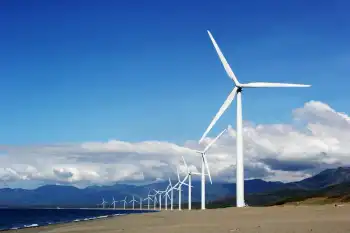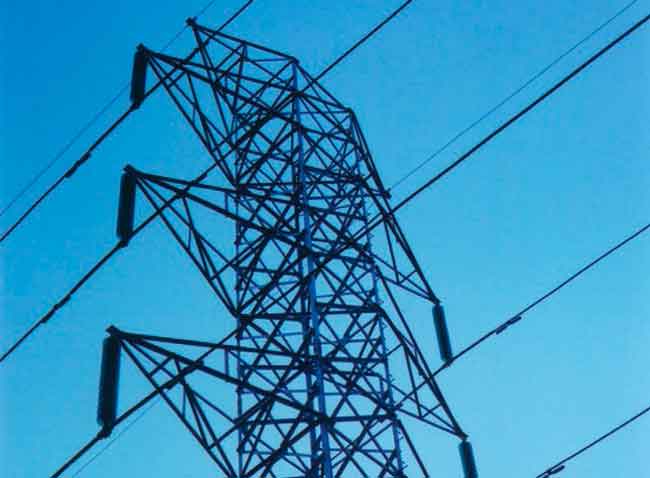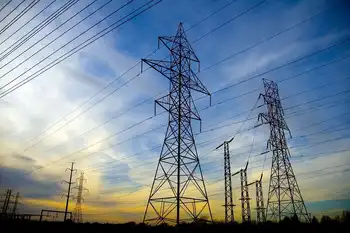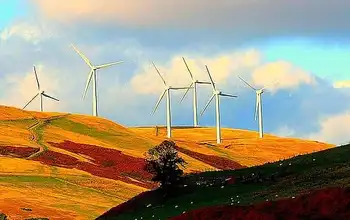WPS says more customers behind on utility bills
By Associated Press
NFPA 70b Training - Electrical Maintenance
Our customized live online or in‑person group training can be delivered to your staff at your location.

- Live Online
- 12 hours Instructor-led
- Group Training Available
Green Bay-based Wisconsin Public Service Co., which can begin disconnecting service April 16 because a winter moratorium ends, attributed the trend to the sagging economy, more home foreclosures and more bankruptcies.
About 71,000 of the utility's 500,000 customers are behind in their payments, up 13 percent from a year ago, and they owe more than $30 million, up 20 percent, said Steve Fifrick, corporate credit administrator.
Up to half of the delinquent customers are at "immediate risk" of losing service, he said.
Customers behind in their bills can lose service unless they pay the minimum amount noted on their bill or make other payment arrangements, the utility said.
"Customers seem to be a little reluctant to make a commitment on payments," Fifrick said in a telephone interview from Green Bay. "They are not sure if it is the best use of their money."
The number of bankruptcies involving WPS customers is up 18 percent from a year ago, and there's no evidence that trend is slowing, he said.
"The good news is the government has come through with a substantial amount of energy assistance," Fifrick said. "Those funds are up significantly from last year. We are encouraging customers to go to local social service agencies to sign up."
WPS said it disconnected service to more than 12,000 customers between April and November last year and expects what it called "similar activity" this year.
Timothy Le Monds, a spokesman for the state Public Service Commission in Madison, said calls to the agency by consumers with unpaid utility bills are expected to grow 15 percent from a year ago because of the economy. Last year, the PSC received 1,400 calls from consumers who were in trouble paying their utility bills.
Some low-income families may qualify for heating aid, he said.
Milwaukee-based WE Energies, Wisconsin's largest utility, said 61,000 customers are seriously behind in their bills and another 41,000 have arranged payment agreements to help avoid having service cut off.
As of late February, customers owed We Energy $126.5 million that was at least two months in arrears, or $12 million more than a year ago, spokeswoman Irissol Arce said.
"We definitely understand the economic troubles," she said.
WE Energies, which has more than 1 million electric and natural gas customers in Wisconsin and Upper Michigan, disconnected service to 60,000 of them last year because of unpaid bills.
Xcel Energy, which serves 246,000 electric and 101,000 natural gas customers in western and northern Wisconsin and Upper Michigan, said 6 percent of its customers were behind in paying their bills, about the same as a year ago.
The total amount owed was 10 percent higher, spokeswoman Liz Wolf Green said from Eau Claire.
Madison-based Alliant Energy had 39,500 customers who were 60 days or more behind in their bills, nearly 3,400 more than a year ago, spokesman Steve Schultz said. They owed $14.3 million, up nearly $2 million from a year ago.
The figures are not alarming, he said. "They tell us in the current environment and economic situation, people are having trouble paying their bills. We understand that."
His company does not release figures on the number of customers who had service discontinued last year, Schultz said.











